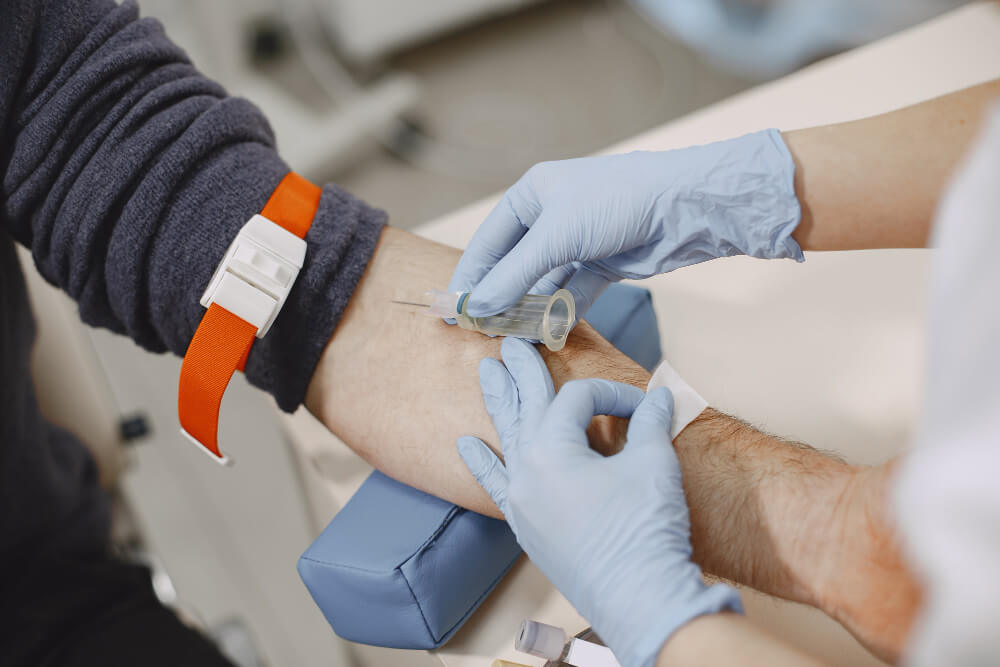Sjögren’s Syndrome: Understanding the Dryness Within
Sjögren’s syndrome (SS) is an autoimmune disorder that primarily affects the moisture-producing glands in the body, leading to dryness in various organs, most notably the eyes and mouth. While dryness is the hallmark symptom, SS can also manifest in other ways, causing systemic issues like joint pain, fatigue, and even affecting internal organs in some cases.
This article delves into the complexities of Sjögren’s syndrome, exploring its symptoms, diagnosis, and available treatment options. We aim to empower individuals with knowledge and understanding of this condition, facilitating informed discussions with healthcare professionals and navigating the path towards effective management.
What is Sjögren’s Syndrome?
Sjögren’s syndrome is an autoimmune disease. In autoimmune disorders, the body’s immune system, which typically fights off infections, mistakenly attacks healthy tissues. In SS, the immune system targets the moisture-producing glands, leading to decreased production of tears and saliva.
Types of Sjögren’s Syndrome
There are two primary types of Sjögren’s syndrome:
- Primary Sjögren’s syndrome: This occurs on its own, without the presence of another underlying autoimmune disease.
- Secondary Sjögren’s syndrome: This develops alongside another autoimmune condition, such as rheumatoid arthritis, lupus, or scleroderma.
Dryness: The Hallmark Symptom
Dryness is the most common and characteristic symptom of Sjögren’s syndrome, affecting various parts of the body:
- Dry eyes: This can manifest as burning, stinging, gritty sensations, foreign body sensation, light sensitivity, and blurred vision.
- Dry mouth: This can lead to difficulty speaking, swallowing, and chewing, increased thirst, and a persistent dry cough.
- Dry skin: This can cause itching, cracking, and discomfort.
- Vaginal dryness: This can affect sexual function and comfort.
- Dry nose and throat: This can lead to congestion, nosebleeds, and frequent respiratory infections.
Other Potential Symptoms
Beyond dryness, Sjögren’s syndrome can cause various other symptoms:
- Joint pain, stiffness, and swelling: This can affect various joints, mimicking symptoms of arthritis.
- Fatigue: This can be persistent and debilitating, impacting daily activities.
- Brain fog: This can manifest as difficulty concentrating, memory lapses, and mental fatigue.
- Raynaud’s phenomenon: This involves episodes of finger discoloration due to blood vessel constriction, triggered by cold or emotional stress.
- Swollen lymph nodes: This can occur in the neck, armpits, or groin.
- Internal organ involvement: In rare cases, SS can affect organs like the lungs, kidneys, and blood vessels, leading to more serious complications.
Diagnosis of Sjögren’s Syndrome
Diagnosing Sjögren’s syndrome can be challenging due to the variability of symptoms and the potential overlap with other conditions. A combination of approaches is typically employed:
- Medical history and physical examination: The doctor will inquire about your symptoms, medical history, and family history.
- Blood tests: These can detect specific antibodies associated with SS and assess markers of inflammation.
- Schirmer’s test: This measures tear production by placing strips of paper under the lower eyelids.
- Rose Bengal test: This dyes damaged corneal cells in dry eyes.
- Lip biopsy: This involves taking a small tissue sample from the inner lip to assess salivary gland function.
Treatment Options for Sjögren’s Syndrome
Addressing Dryness
- Artificial tears: These eye drops lubricate the eyes and alleviate dryness.
- Moisture chamber goggles: These trap humidity around the eyes, improving tear evaporation.
- Prescription medications: Stimulants like pilocarpine and cevimeline can increase saliva production.
- Oral lubricants: Sprays, gels, and lozenges can moisten the mouth.
- Humidifiers: Adding moisture to the air can ease dryness in the eyes, nose, and throat.
Managing Other Symptoms
- Pain relievers: Over-the-counter medications like ibuprofen or acetaminophen can help manage joint pain.
- Disease-modifying antirheumatic drugs (DMARDs): Medications like hydroxychloroquine can suppress the overactive immune system and alleviate joint pain and fatigue.
- Immunosuppressants: In severe cases, stronger medications like methotrexate or corticosteroids


